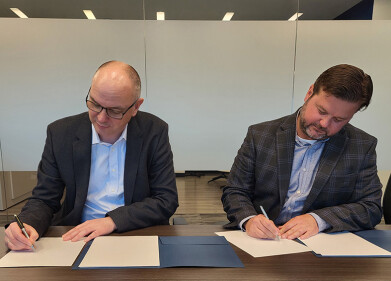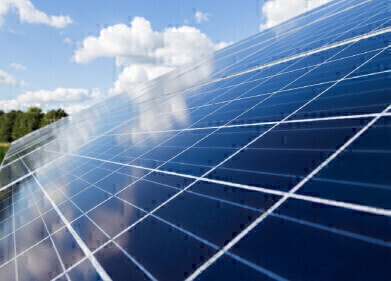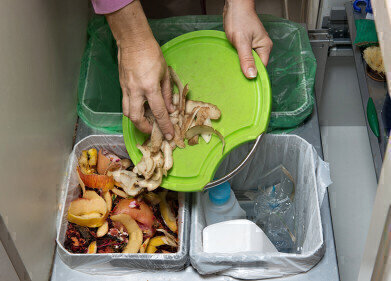waste to energy
A Rising Mountain of Urban Waste to Boost the Waste to Energy Plant Market
Feb 28 2013
In 2012 Europeans generated approximately 265 million tonnes of municipal solid waste (MSW). A mountain of urban waste that is rising year after year caused by growing volumes of packaging and food disposed by our households. With the World Bank predicting that global generation of MSW will rise from the current 1.3 billion tonnes/year to 2.2 billion tonnes/year by 2025, the annual cost of solid waste management is projected to rise from the current $205 billion to $375 billion in 2025. This situation coupled with the need of generating more energy is boosting the waste to energy (WTE) plants market. In fact, during the past years, WTE has emerged as a alternative practice to address the disposal of municipal solid waste and also generate energy.
On this subject, Energy & Environment research analyst Monika Chrusciak will lead a teleconference taking place on Wednesday, 6 March, 2013 at 3 pm GMT. The web seminar will look at European Thermal Waste to Energy Plant sector and its development from 2009 to 2016. It will also highlight the market revenue growth of renewable energy generation from MSW waste solutions and services, with forecast of market-specific technologies and trends linked to regional market hot-spots. The market currently quoted at $4 Billion is expected to reach $5 Billion by 2016.
Due to the growing concern about the increasing volumes of MSW generation in Europe, decreasing capacity of landfill sites as well as increase in resource consumption, conversion of waste into renewable electricity and heat is firming up as an attractive solution for waste management. As many waste treatment companies have already experienced, application of thermal treatment technologies can result in operational savings achieved through reduced waste land-filling and renewable energy generation, while maintaining environmental protection standards and tangible economic benefits," anticipates Monika Chrusciak.
WTE plant market in Europe is driven by regulations on limited land-filling of MSW and policy incentives on account of lowering carbon emissions. More than three-quarters of 480 WTE plants are older than 10 years. Most installed plants require modernisation, retrofitting and upgrading to adhere to the current strict legal requirements, especially of flue gas treatment. Grate technology is still the most commonly used solution in Europe, however, key challenges such as overall energy efficiency, flue gas handling and disposal of ash offers potential to other alternative technologies. Improving energy efficiencies and lowering air emissions is likely to result in an increased use of process and automation of incineration segment in both new plants and refurbishment of plants. Due to stricter legal obligations towards reducing emission levels, the air pollution cleaning segment is likely to be the second largest segment till 2016.
"Modern thermal WTE industry understands the importance of a fully integrated solution comprising of separation, incineration and air pollution cleaning," says Ms Chrusciak. "This is crucial in lowering emission levels, maximizing plant performance efficiency and guarantees time frame of returns on investment. Incorporating thermal treatment solutions for MSW material can help waste management companies to turn waste material with limited recycling value into a valuable resource. This creates a platform of interesting opportunities for market players providing innovative and economically sound solutions as well as environmentally friendly technologies for the fast growing MSW volume.
Events
Nov 26 2024 Paris, France
Nov 27 2024 Istanbul, Turkey
H2O Accadueo International Water Exhibition
Nov 27 2024 Bari, Italy
Biogas Convention & Trade Fair 2024
Nov 27 2024 Hanover, Germany
Dec 11 2024 Shanghai, China







-as-feedstock.jpg)






